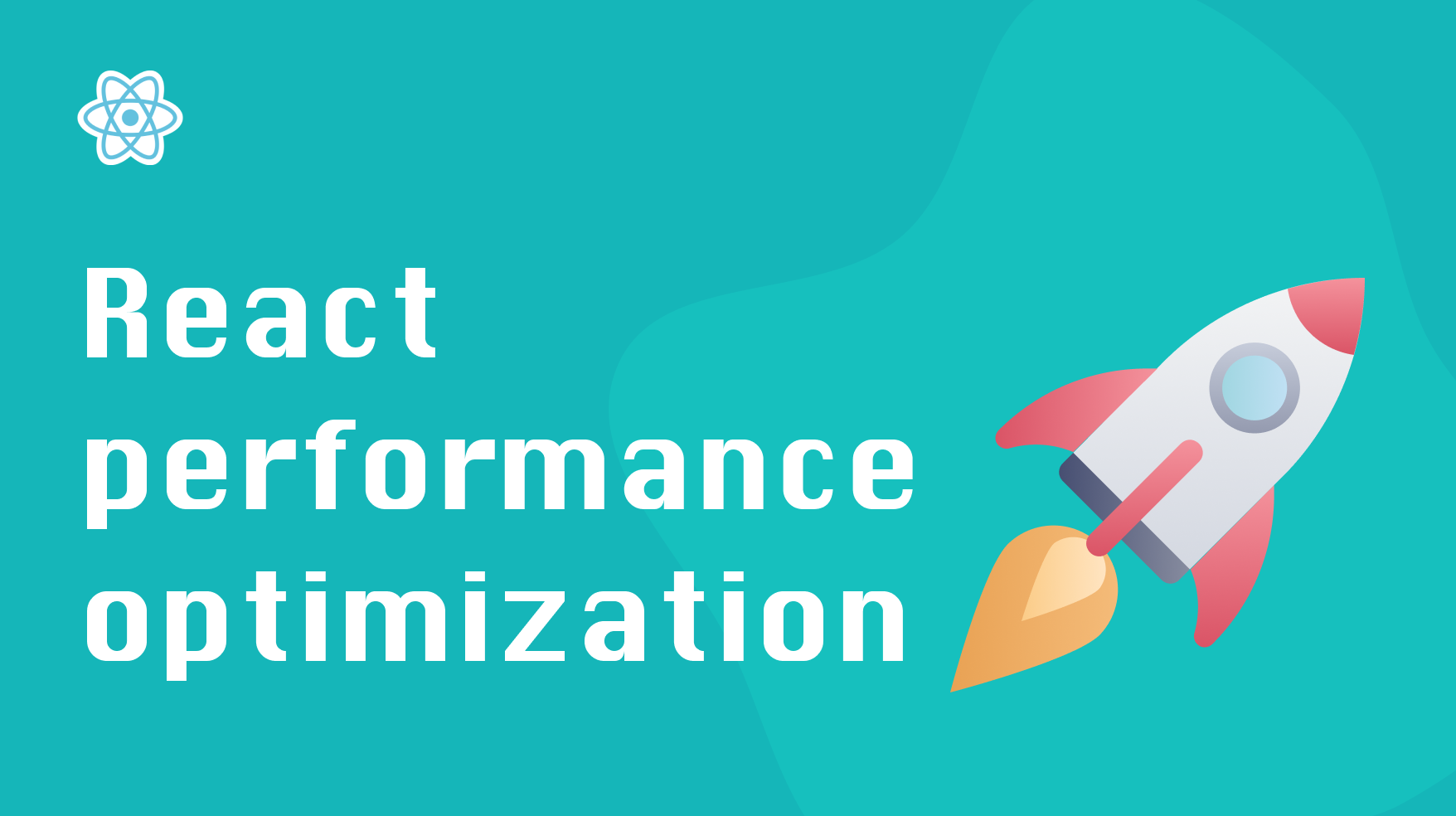React Performance Optimization: Comprehensive Guide to Speeding Up Your App


Hanzala
14 min read ⋅ Oct 17, 2024
In the ever-evolving landscape of web development, creating high-performance React applications is crucial for delivering exceptional user experiences. As projects grow in complexity, optimizing React performance becomes an essential skill for developers. This comprehensive guide delves into advanced techniques and best practices for React performance optimization, empowering you to build lightning-fast applications that stand out in today’s competitive digital marketplace.
Table of Contents
- Understanding React’s Core Performance Features
- Identifying and Eliminating Performance Bottlenecks
- Advanced Rendering Optimization Techniques
- State Management and Data Flow Optimization
- Code Splitting and Lazy Loading Strategies
- Optimizing React Hooks for Performance
- Leveraging Web Workers for Intensive Computations
- Performance Testing and Monitoring
- Conclusion and Future Trends
Understanding React’s Core Performance Features
React’s exceptional performance is rooted in several key features:
Virtual DOM and Reconciliation
React’s Virtual DOM is a lightweight copy of the actual DOM, allowing React to perform efficient updates. The reconciliation process, powered by React’s diffing algorithm, minimizes DOM manipulations by identifying the minimal set of changes needed.
// Example of how React's Virtual DOM works conceptually
function updateElement(virtualElement, realElement) {
if (virtualElement.type !== realElement.tagName.toLowerCase()) {
// Replace the entire element if the type has changed
realElement.parentNode.replaceChild(
createElement(virtualElement),
realElement
);
} else {
// Update only the changed attributes
for (let name in virtualElement.props) {
if (name !== 'children' && virtualElement.props[name] !== realElement[name]) {
realElement[name] = virtualElement.props[name];
}
}
}
}Batch Updates
React optimizes performance by batching multiple state updates into a single update, reducing the number of re-renders.
// Without batching
this.setState({count: this.state.count + 1});
this.setState({count: this.state.count + 1});
// Results in two re-renders
// With batching (React's default behavior)
ReactDOM.unstable_batchedUpdates(() => {
this.setState({count: this.state.count + 1});
this.setState({count: this.state.count + 1});
});
// Results in only one re-renderFiber Architecture
React Fiber, introduced in React 16, enables incremental rendering and better prioritization of updates, enhancing the overall responsiveness of React applications.
Identifying and Eliminating Performance Bottlenecks
React Profiler
Utilize React’s built-in Profiler to identify components that are rendering unnecessarily or taking too long to render.
import React, { Profiler } from 'react';
function onRenderCallback(
id, // the "id" prop of the Profiler tree that has just committed
phase, // either "mount" (if the tree just mounted) or "update" (if it re-rendered)
actualDuration, // time spent rendering the committed update
baseDuration, // estimated time to render the entire subtree without memoization
startTime, // when React began rendering this update
commitTime, // when React committed this update
interactions // the Set of interactions belonging to this update
) {
// Log or analyze the performance data
console.log(`Component ${id} took ${actualDuration}ms to render`);
}
function MyApp() {
return (
<Profiler id="MyApp" onRender={onRenderCallback}>
<MyComponent />
</Profiler>
);
}Chrome DevTools
Leverage the Chrome DevTools Performance tab to analyze your app’s runtime performance and identify bottlenecks.
Advanced Rendering Optimization Techniques
Memoization with React.memo()
Use React.memo() to prevent unnecessary re-renders of functional components.
const MyComponent = React.memo(function MyComponent(props) {
/* render using props */
});Implementing shouldComponentUpdate
For class components, implement shouldComponentUpdate a fine-tune when a component should re-render.
class MyComponent extends React.Component {
shouldComponentUpdate(nextProps, nextState) {
return nextProps.value !== this.props.value;
}
render() {
return <div>{this.props.value}</div>
}
}Optimizing List Rendering
Use stable, unique keys when rendering lists to help React identify which items have changed, been added, or been removed.
function TodoList({ todos }) {
return (
<ul>
{todos.map(todo => (
<li key={todo.id}>{todo.text}</li>
))}
</ul>
);
}State Management and Data Flow Optimization
Using Context API Efficiently
Organize your content providers to minimize unnecessary re-renders.
const ThemeContext = React.createContext();
const UserContext = React.createContext();
function App() {
return (
<ThemeContext.Provider value={theme}>
<UserContext.Provider value={user}>
<Main />
</UserContext.Provider>
</ThemeContext.Provider>
);
}Implementing Redux with Reselect
When using Redux, utilize Reselect to create memoized selectors to optimize derived data calculations.
import { createSelector } from 'reselect';
const getVisibilityFilter = state => state.visibilityFilter;
const getTodos = state => state.todos;
export const getVisibleTodos = createSelector(
[getVisibilityFilter, getTodos],
(visibilityFilter, todos) => {
switch (visibilityFilter) {
case 'SHOW_ALL':
return todos;
case 'SHOW_COMPLETED':
return todos.filter(t => t.completed);
case 'SHOW_ACTIVE':
return todos.filter(t => !t.completed);
}
}
);Code Splitting and Lazy Loading Strategies
Dynamic Imports
Use dynamic imports to split your code and load components on demand.
const OtherComponent = React.lazy(() => import('./OtherComponent'));
function MyComponent() {
return (
<div>
<React.Suspense fallback={<div>Loading...</div>}>
<OtherComponent />
</React.Suspense>
</div>
);
}Route-Based Code Splitting
Implement code splitting at the route level for optimal initial load times.
import { BrowserRouter as Router, Route, Switch } from 'react-router-dom';
import React, { Suspense, lazy } from 'react';
const Home = lazy(() => import('./routes/Home'));
const About = lazy(() => import('./routes/About'));
const App = () => (
<Router>
<Suspense fallback={<div>Loading...</div>}>
<Switch>
<Route exact path="/" component={Home}/>
<Route path="/about" component={About}/>
</Switch>
</Suspense>
</Router>
);Optimizing React Hooks for Performance
useMemo for Expensive Calculations
Use useMemo to memoize the results of expensive calculations.
const memoizedValue = useMemo(() => computeExpensiveValue(a, b), [a, b]);useCallback for Referential Equality
Optimize child component re-renders by using useCallback to maintain function reference equality.
const memoizedCallback = useCallback(
() => {
doSomething(a, b);
},
[a, b],
);Leveraging Web Workers for Intensive Computations
Offload heavy computations to Web Workers to keep the main thread responsive.
// worker.js
self.addEventListener('message', function(e) {
const result = heavyComputation(e.data);
self.postMessage(result);
}, false);
// React component
function HeavyComputationComponent() {
const [result, setResult] = useState(null);
useEffect(() => {
const worker = new Worker('worker.js');
worker.postMessage(data);
worker.onmessage = function(e) {
setResult(e.data);
};
return () => worker.terminate();
}, []);
return <div>{result}</div>;
}Performance Testing and Monitoring
Lighthouse Audits
Regularly run Lighthouse audits to get insights into your app’s performance, accessibility, and best practices.
Continuous Performance Monitoring
Implement continuous performance monitoring using tools like New Relic or Datadog to track your app’s performance over time.
Conclusion and Future Trends
React performance optimization is an ongoing process that requires a deep understanding of React’s internals and a commitment to best practices. By implementing the strategies outlined in this guide, you can significantly enhance the speed and responsiveness of your React applications.
As we look to the future, emerging trends like React Server Components and the continued evolution of React’s Concurrent Mode promise even more powerful tools for building high-performance applications. Stay informed about these developments and continue refining your optimization techniques to create React apps that deliver exceptional user experiences.
Remember, performance optimization is not just about speed—it’s about creating smooth, responsive applications that delight users and drive business success. By mastering these techniques, you position yourself at the forefront of React development, ready to tackle the most challenging projects and deliver outstanding results.
Hanzala — Software Developer🎓
Thank you for reading until the end. Before you go:
- Follow me X | LinkedIn | Facebook | GitHub
- Reach Out hi@hanzala.co.in